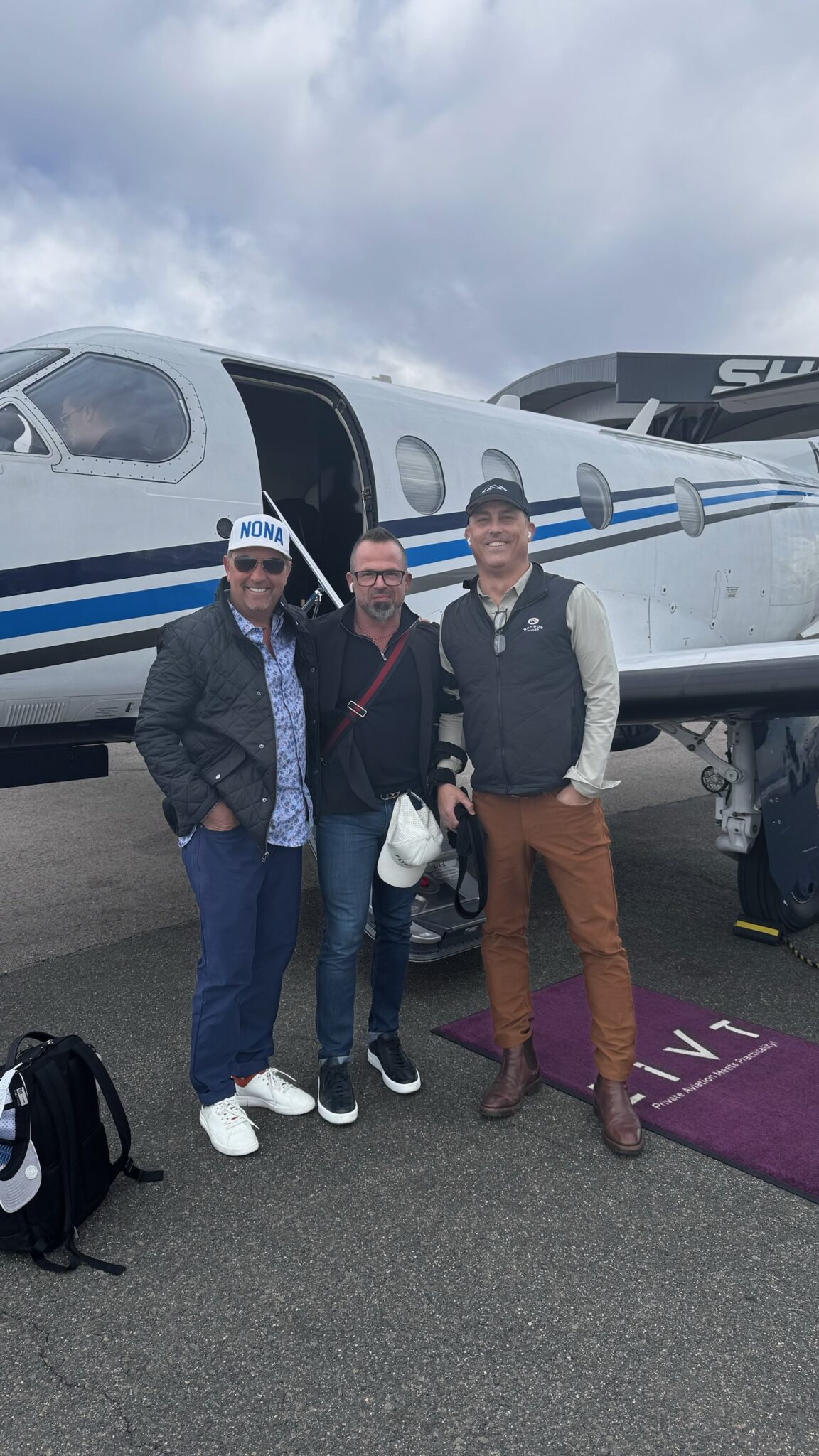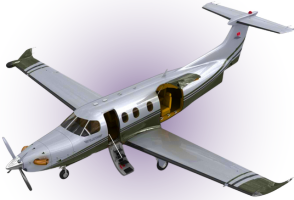Versatile. Safe. Reliable. Proven. These are terms operators of PC-12s frequently use to describe their aircraft, and why so many people around the world trust the PC-12 to fly their families, employees, customers and critical cargo. Add comfort, quality, efficiency and time savings to the list of benefits for those who travel on the world's most popular single-engine business aircraft.
The Swiss-made pilatus pc 12 has a larger cabin, longer range, and lower operating costs than almost any jet. The Pilatus PC-12’s ability to cruise at 300 MPH and 30,000 feet while still operating out of short runways is unprecedented in private aviation. Additionally, this aircraft can access many more airports than any airline or jet. The PC-12 offers 40 cubic feet of storage space for luggage and more cabin space than a King Air 250 or a Citation Mustang, to name a couple. Furthermore, the PC-12 is equipped with a fully enclosed lavatory. What does all of this mean for you? Carry what you want to travel with, ride comfortably with plenty of cabin space, take off closer to home, and land closer to where you need to be—allowing you to enjoy more of what is important to you.
Read Also: What are the Amenities of a Charter Flight from Austin to Telluride
Gain elite access to luxury aviation with our Pilatus Jet Card Membership. Experience the unparalleled versatility and performance of the Pilatus PC-12 aircraft. Enjoy seamless booking and personalized service, ensuring every flight exceeds your expectations.
Many pilots want to fly a 1,000-mile trip nonstop. That’s about the distance from New York to southern Florida, from Chicago to Miami, or from Atlanta to Aspen. And people want to bring along all their family, friends, and belongings on these trips.


What makes the Pilatus PC-12 a popular choice for private flights?
People often search to understand the key features and advantages, such as its versatility, spacious cabin, short takeoff and landing capabilities, and fuel efficiency.
How far can the Pilatus PC-12 fly?
Many inquire about its range, which is approximately 1,800 nautical miles, making it suitable for regional and mid-range travel.
What is the cost to charter a Pilatus PC-12?
Travelers commonly look up the price for chartering this aircraft, which can vary depending on the route, operator, and additional services, typically ranging from $2,000 to $3,000 per hour.